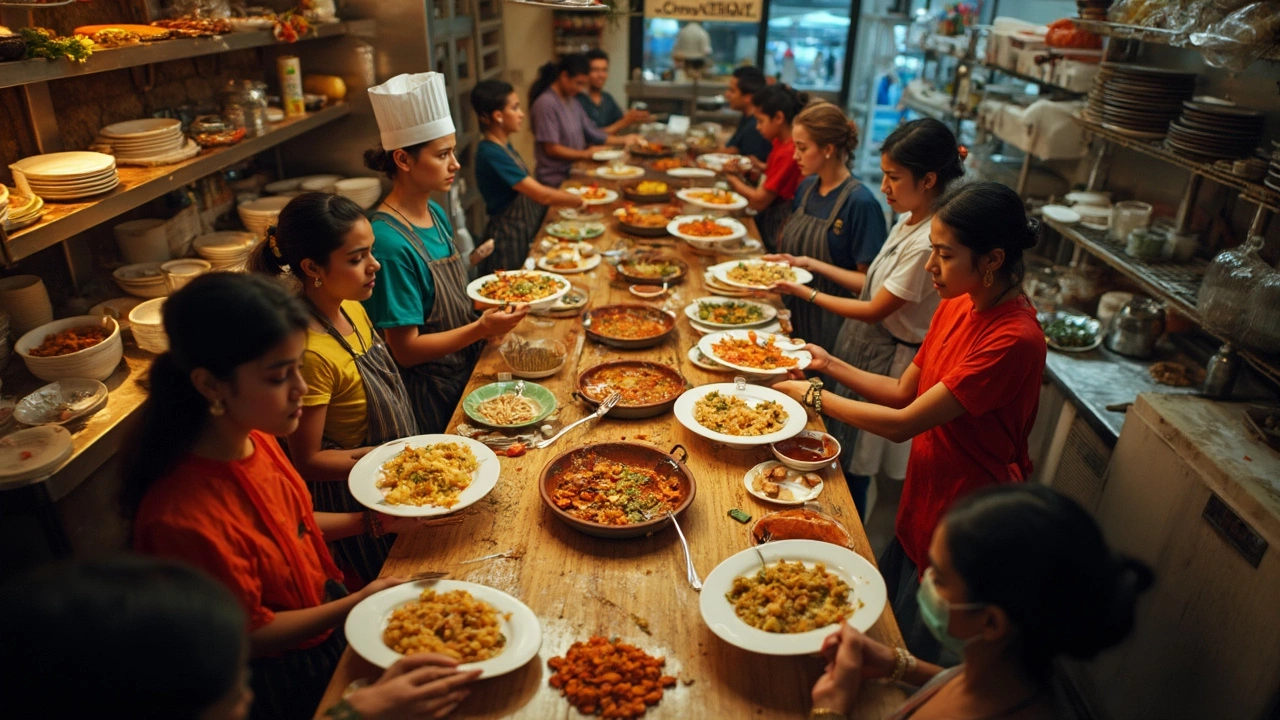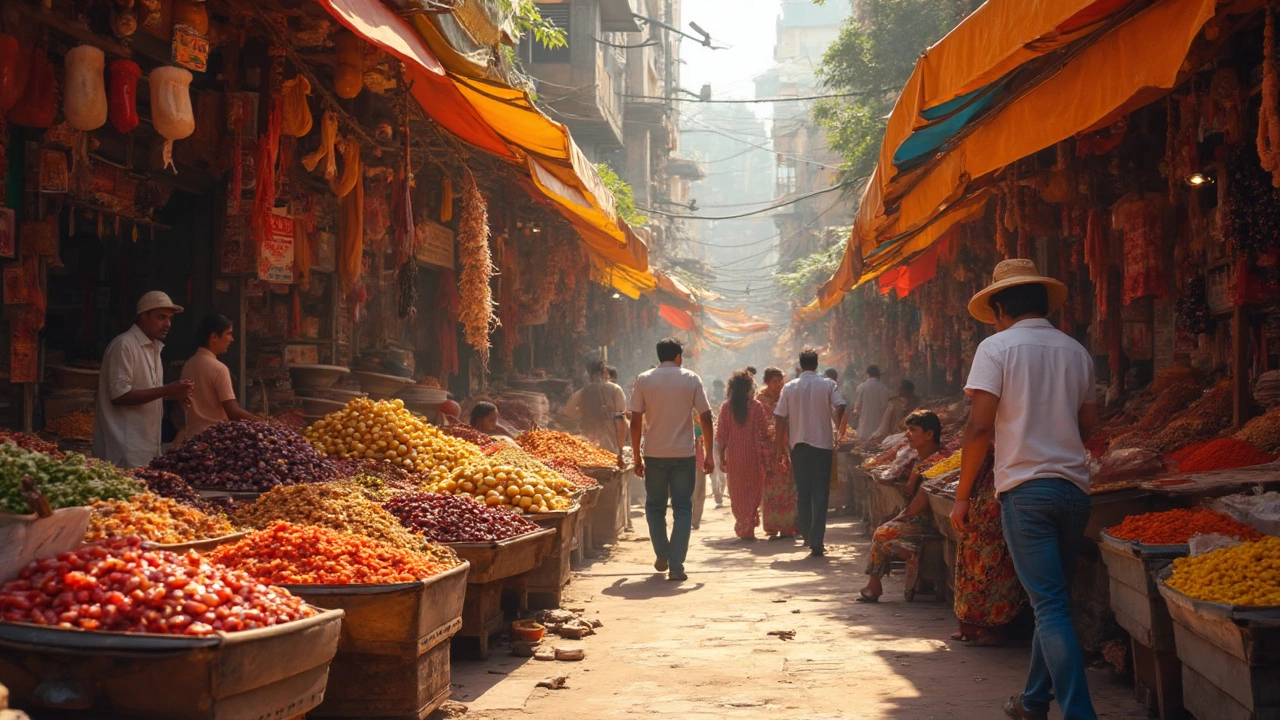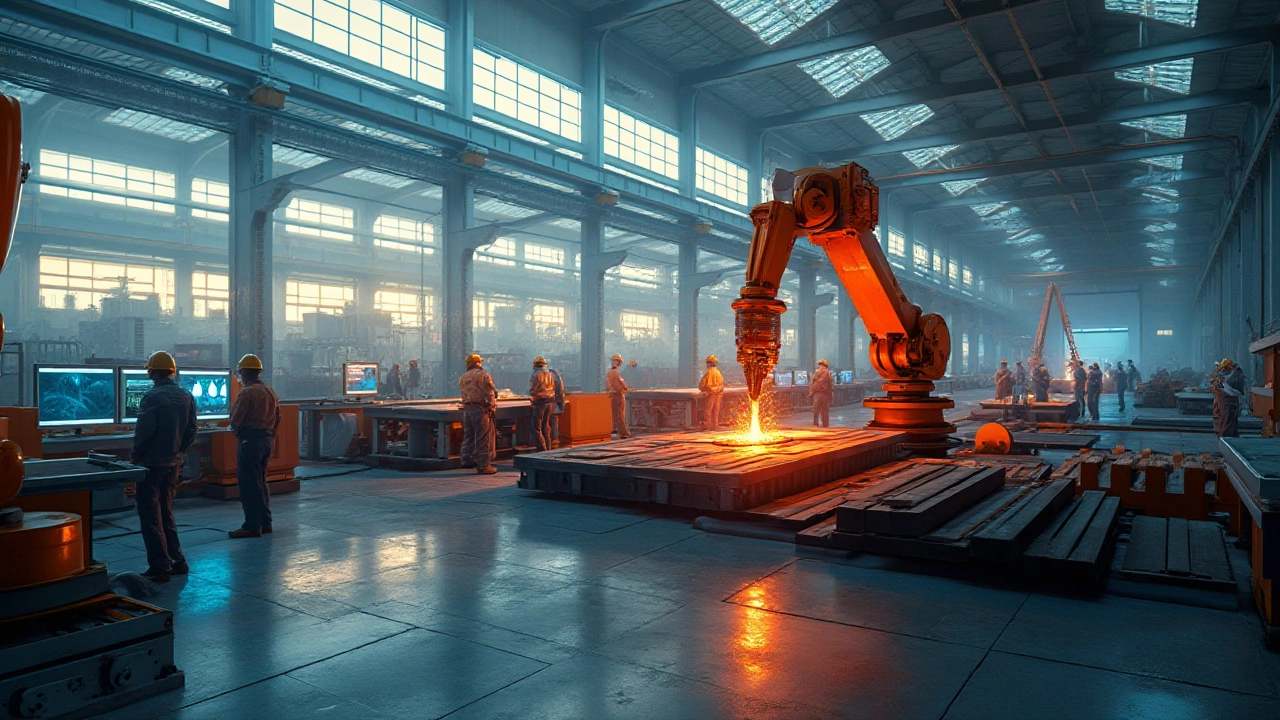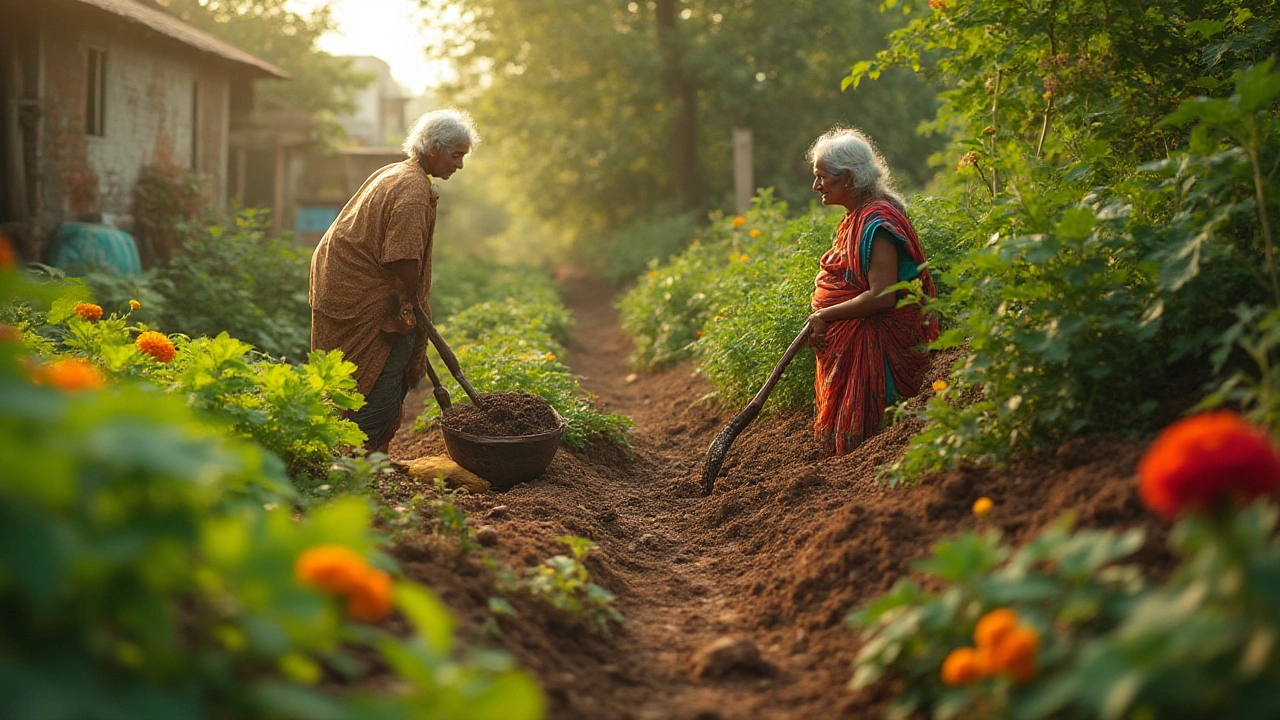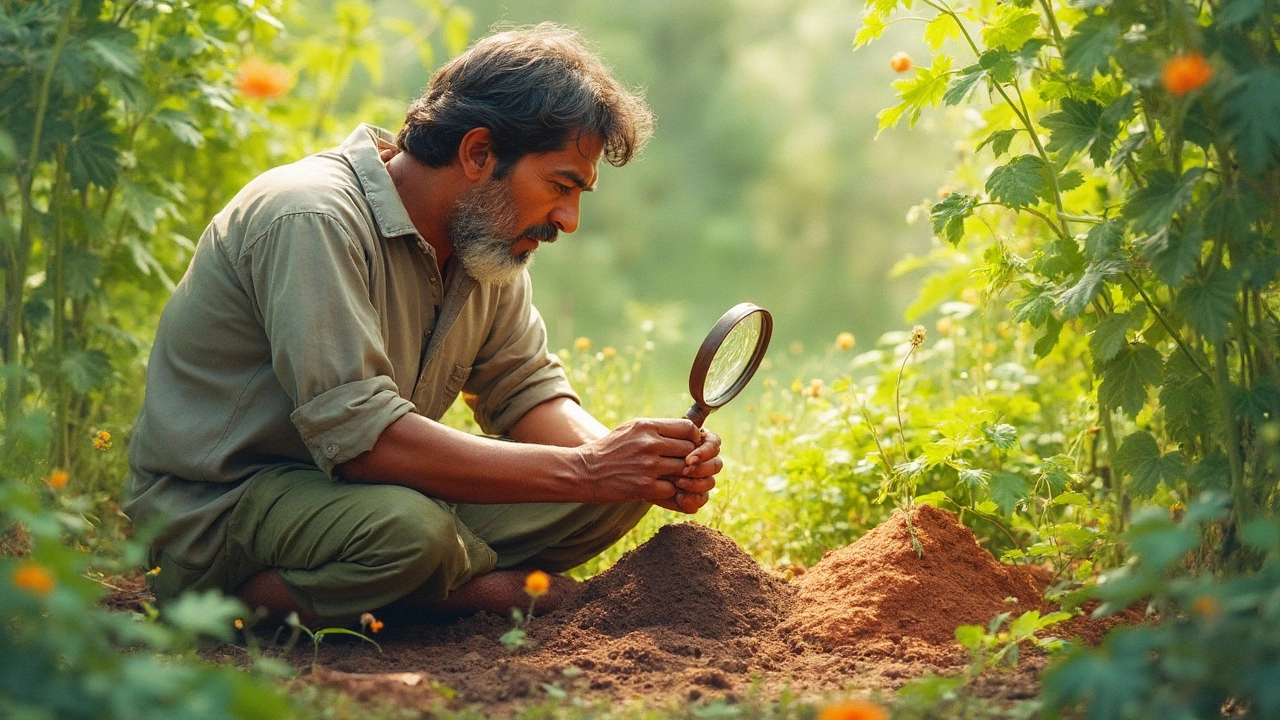Food Processing Units: How India Turns Farm to Fork
When working with food processing units, facilities that turn raw crops into packaged foods ready for consumers. Also known as food processing plants, they bridge farms and supermarkets. These units are a core part of the country's manufacturing ecosystem and rely heavily on sustainable agriculture practices that keep soil healthy and yields steady. food processing units therefore not only add value but also shape how farmers grow, harvest, and deliver produce.
Key Components of Modern Food Processing Units
One of the biggest sub‑sectors inside the broader industry is rice processing, the cleaning, hulling, polishing and grading of paddy into market‑ready rice. India’s top rice‑producing states feed millions, and processing plants turn that bulk into the white, brown, and specialty grains you see on store shelves. The process demands reliable plastic packaging, lightweight, moisture‑proof containers that protect grains during transport and storage. Without good packaging, even the best‑milled rice can spoil, driving waste and hurting profitability. This trio—rice processing, plastic packaging, and manufacturing equipment—creates a semantic chain: food processing units encompass rice processing; rice processing requires plastic packaging; plastic packaging enables safe distribution.
Beyond rice, modern food processing units are adopting technologies that cut energy use, lower emissions, and improve traceability. Advanced extrusion lines, automated quality checks, and IoT sensors let operators monitor temperature, humidity, and line speed in real time. When manufacturers pair these tools with inputs from sustainable agriculture—like residue‑free fields and precision irrigation—they close the loop between farm practices and factory outcomes. The result is a more resilient supply chain that can meet rising demand for clean, affordable food while respecting the environment. Below, you’ll find a mix of articles that dive into everything from water‑wise gardening tips that affect raw material quality, to the latest trends in plastic demand for 2025, and even insights on how high‑paying factory jobs shape the labor market behind these units. Explore the collection to see how each piece fits into the bigger picture of India’s food processing landscape.
CPU in a Restaurant: What It Is and Why It Matters for Food Processing
Ever wondered what a CPU is in the world of restaurants? This article unpacks the restaurant CPU, breaking down how it works and why it boosts efficiency behind the scenes. You'll get real examples and easy tips to understand the system, plus a look at how the CPU changes everything from food quality to staff workflow. Whether you run a kitchen or simply love dining out, you'll walk away knowing exactly how a solid CPU keeps things moving fast and smooth. All explained without the jargon.
What's the Most Profitable Food to Sell?
Finding the most profitable food to sell is crucial for anyone entering the food processing industry. This article delves into various food products, exploring their profitability based on market demand, production cost, and consumer trends. We'll also touch on some interesting facts and give practical tips for making the right choice. Understanding which foods are in vogue and how to maximize your business plan could pave your way to a thriving enterprise.
- manufacturing
- India
- food processing
- garden tips
- rice cultivation
- government schemes
- balcony garden
- urban gardening
- balcony gardening
- profitable business
- business ideas
- plastic manufacturing
- drip irrigation
- plant care
- steel manufacturing
- sustainable gardening
- startup ideas
- steel industry
- flower gardening
- textile manufacturers

